Year 10+ 3D Geometry
Chapters
Octahedron
Octahedron

An octahedron is a solid shape that looks like two square pyramids glued together on their bases. The crystals of some minerals, such as magnetite, can be shaped like octahedra (the plural of octahedron). There's a picture of some magnetite crystals on the right.
If you've ever played role playing games or know someone who has, then you might have seen a die shaped like an octahedron (see the one on the left).
So, what is a icosahedron, and what are its properties?
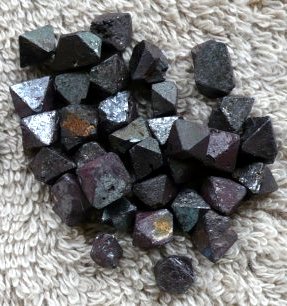
The Properties of an Octahedron
An octahedron is a polyhedron with 8 flat faces. Its name comes from the Greek prefix octa, which means 8.
It has 8 faces, 12 edges and 6 vertices (corner points). In a regular octahedron, 4 edges meet at each vertex.
Each face of a regular octahedron is an equilateral triangle, so it has 3 edges.
A regular octahedron is one of the \(5\) Platonic solids.
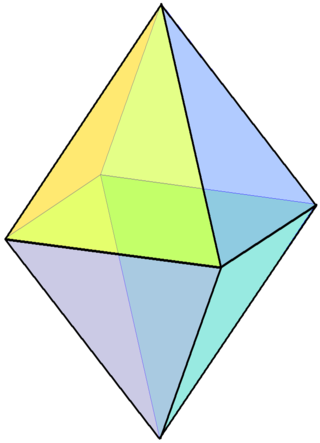
Building an Octahedron
You can make a octahedron yourself by using a template like the following net (template), cutting it out along the outside lines, folding it along the inside lines and gluing it together on the tabs.
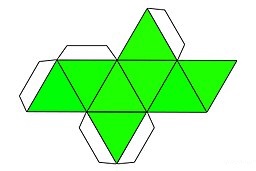
Finding the Surface Area and Volume of a Regular Octahedron
Because a regular octahedron is a regular polyhedron, every edge of the octahedron has the same length.
Finding the Surface Area of a Icosahedron
The regular octahedron has \(8\) faces, each of which is shaped like an equilateral triangle. As the area of an equilateral triangle is equal to \(\dfrac{\sqrt{3}}{4}(\text{edge-length})^2\), the surface area of a regular icosahedron is
For example, the surface area of an octahedron with edge length \(4\) cm is
Finding the Volume of a Regular Octahedron
The volume of a regular octahedron is given by the formula
For example, the volume of an octahedron with edge-length \(3\) cm is
Irregular Octahedra
Although we've really only talked about regular octahedra in this article, octahedra can also be irregular like the one in the picture below:
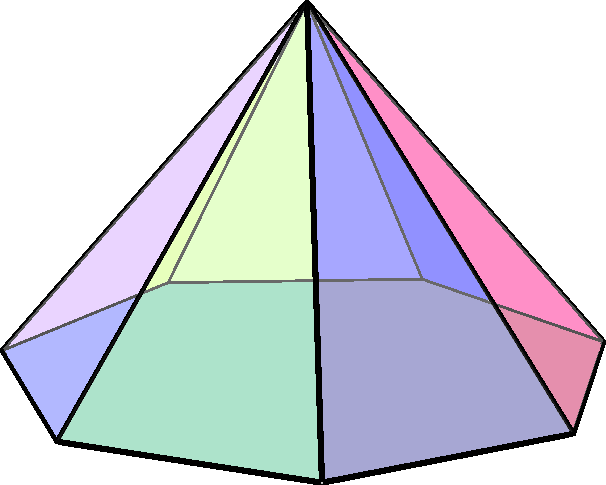
Dual of an Octahedron (Some Advanced Geometry)
Mathematicians are interested in finding the duals of polyhedra. The dual of an octahedron is found by taking the midpoints of its faces as the vertices of another polyhedron. If you
join up the midpoints of the faces of an octahedron, you get a cube. If you join up the midpoints of the faces of a cube, you get an octahedron. The cube and octahedron are dual polyhedra.
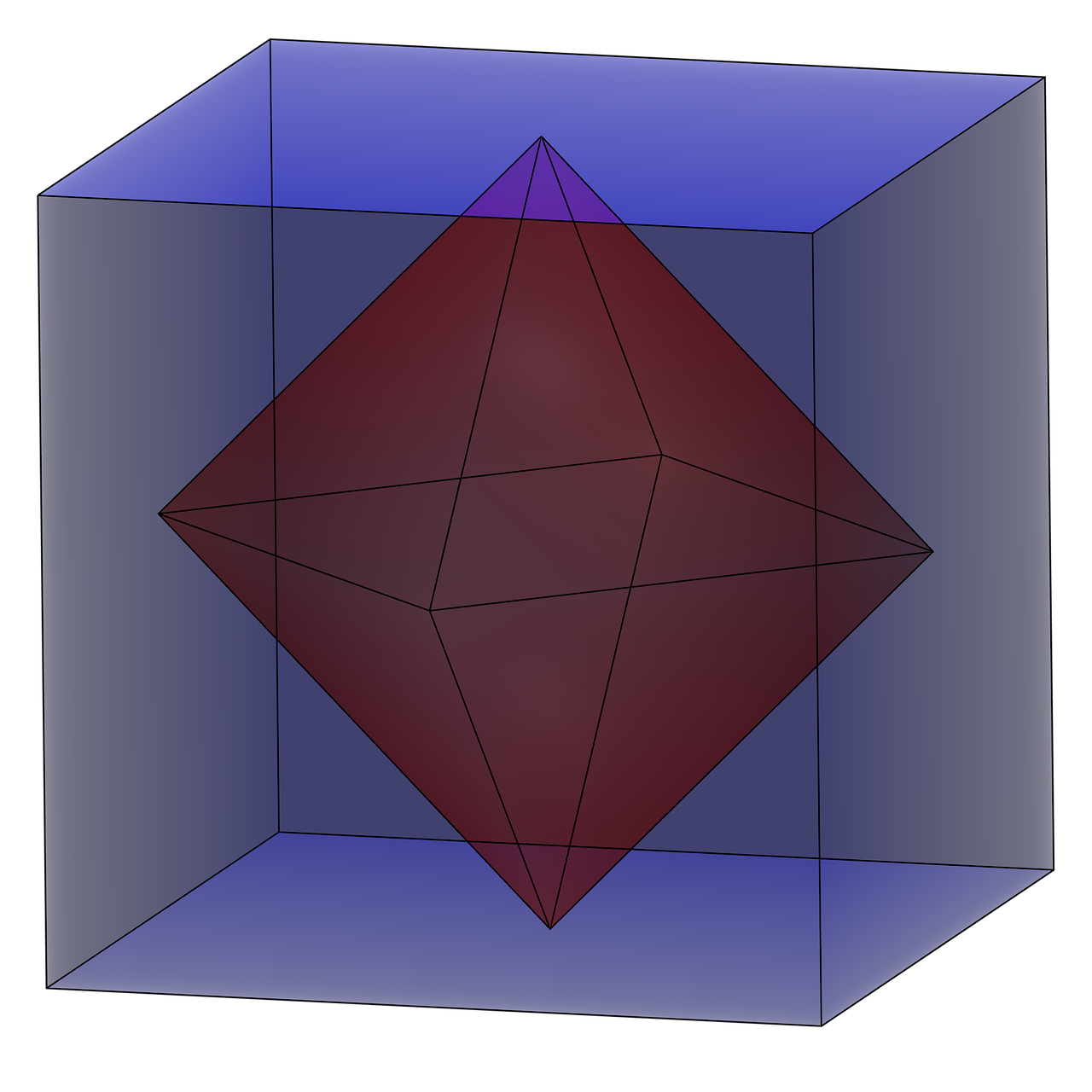
Description
There are several lessons related to 3D geometry such as
- Euler's formula
- Vertices, Edges and Faces
- Volumes of 3D shapes
- etc
Even though we've titled this lesson series to be more inclined for Year 10 or higher students, however, these lessons can be read and utilized by lower grades students.
Prerequisites
Understanding of 3D shapes
Audience
Year 10 or higher, but suitable for Year 8+ students
Learning Objectives
Get to know 3D Geometry
Author: Subject Coach
Added on: 27th Sep 2018
You must be logged in as Student to ask a Question.
None just yet!